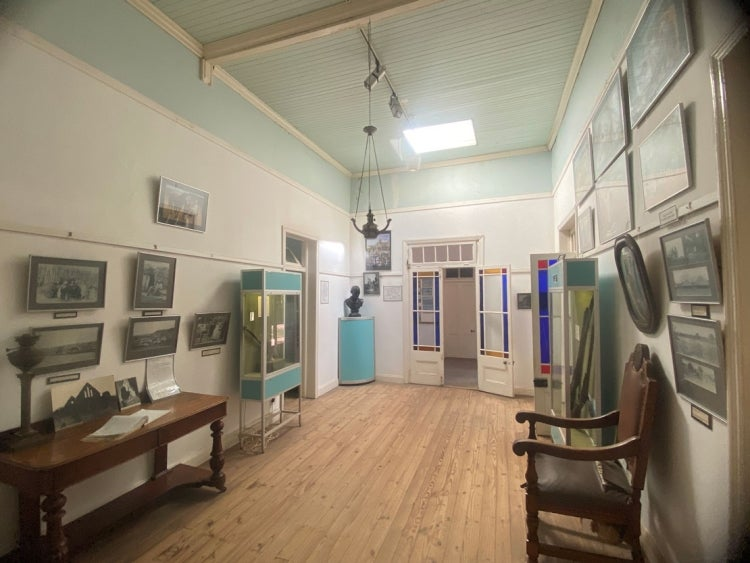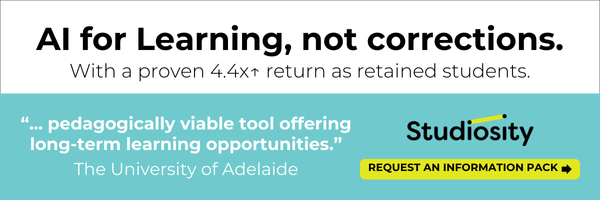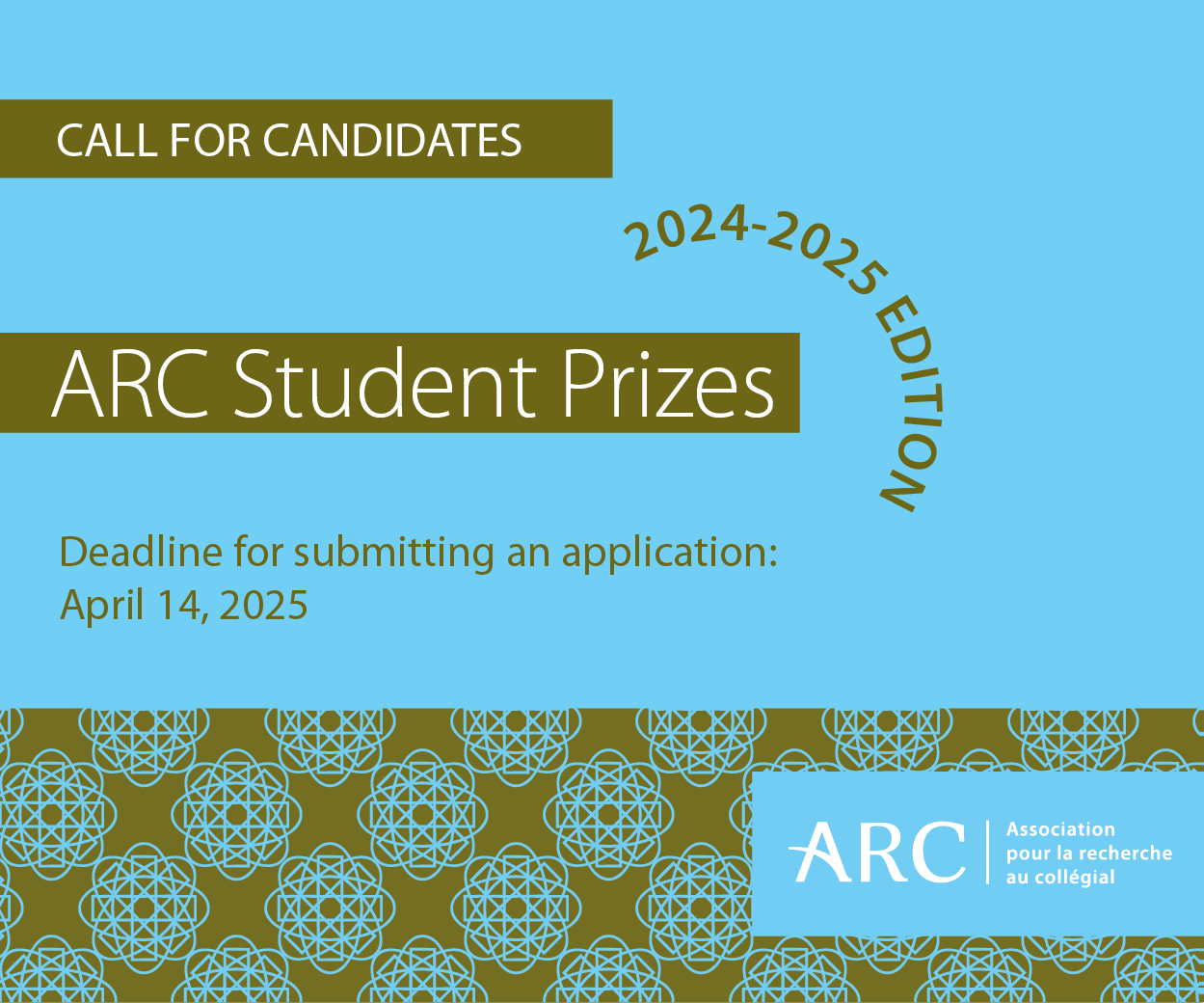In the Southern African country of Botswana, in the town of Serowe, a small museum with a bright red roof holds the stories of a nation's soul.
Since 1985, curators and staff at the Khama III Memorial Museum have stewarded important collections, including the papers of the Khama dynasty - the political leaders who helped Botswana become an independent country.
Now, through an innovative partnership with University of Toronto librarians, the museum will digitize, preserve and share its holdings with scholars around the world - including the papers of Khama III, the founding father of the Bamangwato tribe - while ensuring the physical items will remain at the museum itself.
The collection, dating from 1876 to 1959, includes government letters, invitations, photos and lists of transported cattle that document Botswana's journey to self-determination.
"Khama III's contribution was huge - not only to Serowe, but to the tribe, the regime and the entire Southern African region," says museum curator Gase Kediseng.
The unique collaboration between the museum and U of T ensures these invaluable materials remain accessible to scholars worldwide while staying in the museum's care. The two-year project, supported by U of T funding, will digitize 100,000 items in total, providing long-term preservation and global research access.
The project first took root at a roundtable hosted by the American Library Association in 2022. As part of a three-month peer support program, Jordan Pedersen, a metadata librarian at U of T, connected with Olga Tladi, a librarian at the Botswana International University of Science and Technology, and discussed new U of T funding to build equity and diversity in collections through innovative practices such as digitization.
While Tladi didn't have suitable projects at her university, she connected Pedersen with curators from the Khama III Memorial Museum.

A photo of the museum's interior (image courtesy of Gase Kediseng, Khama III Memorial Museum)
Jeff Newman, college librarian at New College who specializes in African history, says the Khama family guided Botswana through independence.
"It's very important to get insight on these materials from an African perspective, and from these rare first-hand accounts," Newman says.
There is a sense of urgency to the digitization project since items in the Khama family collection are delicate and at risk of erosion.
"A lot of the material was very sensitive because it was written on paper and ink," Pedersen says.

A sample letter from the Khama III collection (image courtesy of Gase Kediseng, Khama III Memorial Museum)
Kediseng's team had been searching for a partnership to assist with preserving and digitizing materials when U of T reached out. She says she felt a palpable sense of relief that this work could finally begin, as the project would provide not only digitization but also a way to preserve the collection.
"The opportunity was a godsend," she says.
Over the next two years, Pedersen and Newman brought in their U of T colleagues to lend their expertise. U of T librarians worked closely with the team in Botswana to understand the museum's needs and preferences. The museum had final input on the digitization provider and selected the necessary equipment, taking into account its rural location and environmental considerations like rolling power outages.

An undated photo of Khama III (image from the British Museum Mechanical Collection)
"The U of T team had a lot of respect for what we do," Kediseng says. "We always had the final say."
The final arrangement to digitize the 100,000 items over two years involves using the U of T funding, secured in 2024, to pay for digitization equipment and staffing for physical processing, scanning and metadata creation.
The Botswana-U of T project is built on collegiality and mutual respect, with the two teams forging a strong sense of understanding.
"Respect is important to me because we're a small institution," says Kediseng. "There are other larger institutions, even in our country, who would look down on smaller museums like us.
"When you work with people who understand and respect you, it's huge - and with this partnership, it was special, different and beautiful."













